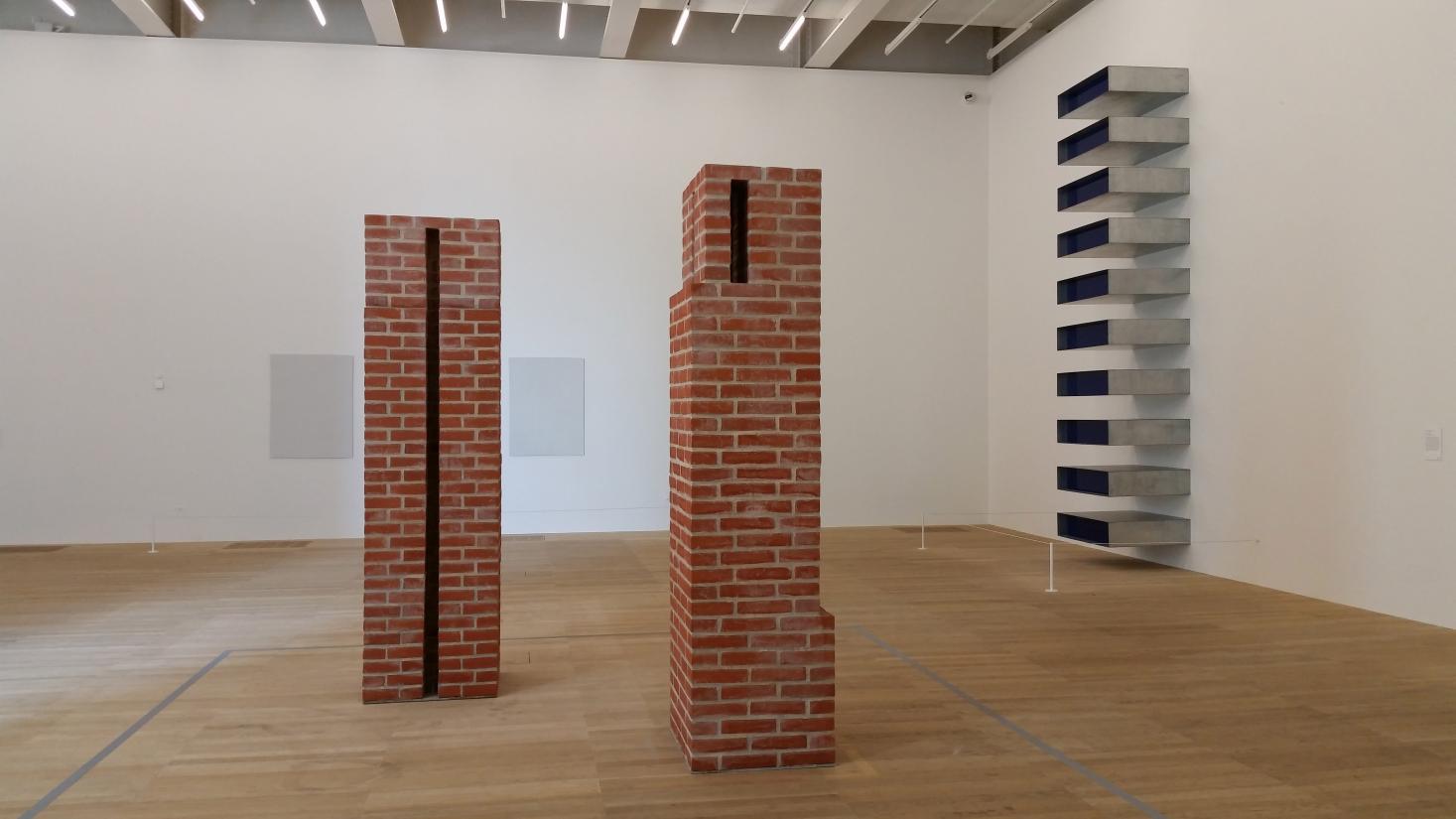International focus
In recent years, the New Carlsberg Foundation has made a sustained and dedicated effort to strengthen the position of Danish art in important international venues, including Centre Pompidou in Paris and the Metropolitan Museum of Art and the Guggenheim Museum in New York.
‘The large donation of Per Kirkeby’s sculptures to Tate Modern reflects the New Carlsberg Foundation’s ambition of securing the impressive presence that Danish art has around the world by making it more accessible to international research and dissemination efforts,’ says Karsten Ohrt, chairman of the board.
Kirkeby and Tate Modern
Tate Modern in London has shown great interest in Per Kirkeby, for a number of years. In 2009 the museum staged a large retrospective exhibition showcasing significant aspects of the Danish artist’s oeuvre, from his early pop-inspired works via books to sculptures and, later, large oil paintings.
Tate Modern’s interest in Per Kirkeby goes beyond the scope of a single exhibition, however, and has a more permanent character. Over the years, the museum has thus acquired a number of Kirkeby’s artworks, and his painting The Siege of Constantinople is one of the main pieces in the museum’s collection.
Five sculptures
With substantial support from the New Carlsberg Foundation, Tate Modern has now expanded its collection with five sculptures by Per Kirkeby. They are all examples of the artist’s characteristic red-brick sculptures. Two of the sculptures are from 1964 and show a link to contemporary American minimalism, while the other three date from 1984 and are exemplary of Kirkeby’s later and ongoing explorations of the border zone between art and architecture.
In good company
Two of the sculptures were recently put on display in Tate Modern’s exhibition halls in a thematic presentation that sheds light on their kinship with certain other artists. Alongside works by Carl Andre (b. 1931) and Donald Judd (1928–94), among others, Kirkeby’s brick sculptures are important drivers of a narrative about art’s experimental and diverse use of modular forms.



